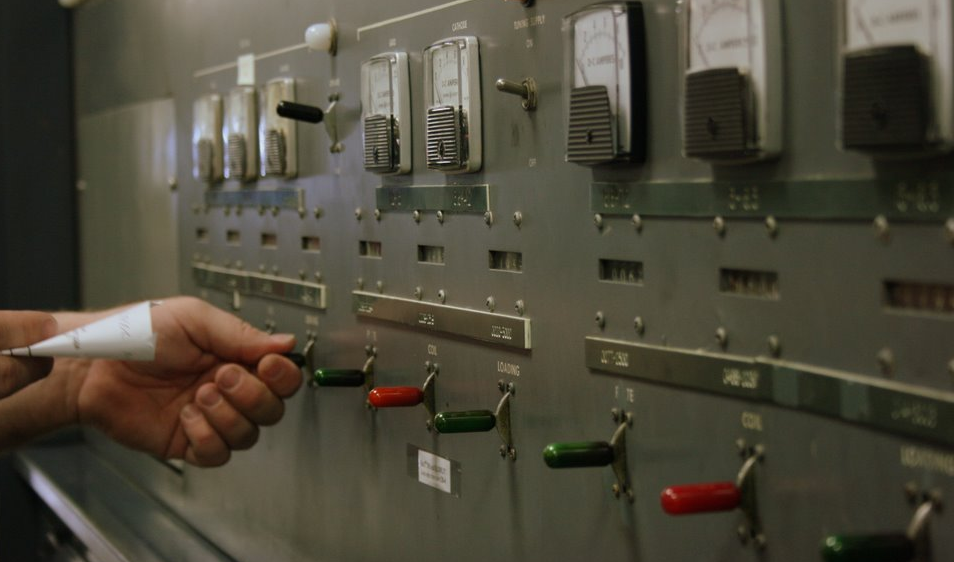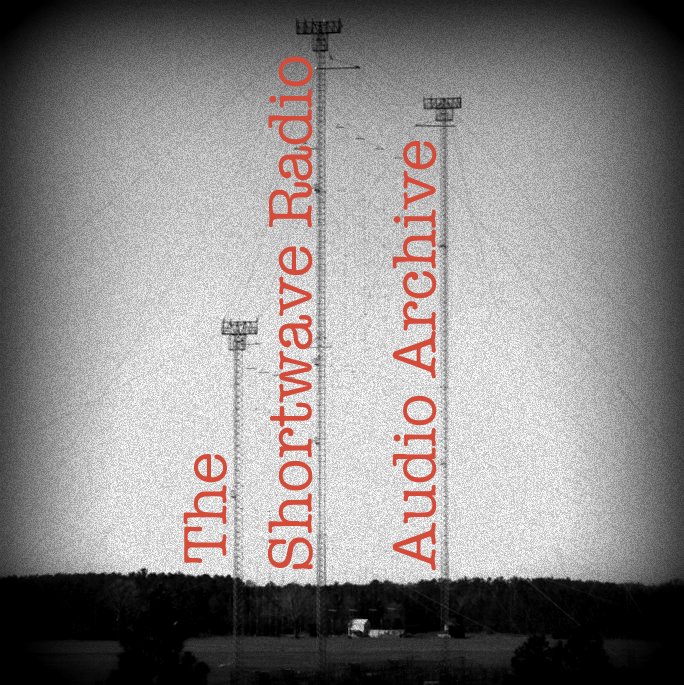International Day Ecos del Torbes via WRMI: August 12, 2016
/Live, off-air, half-hour recording of the special DX program "International Day Ecos del Torbes," celebrating the 40th anniversary of Club Diexistas de la Amistad (CDXA, Friendship DX Club) and the 26th anniversary of the program "América en Antena" (American Antenna) transmitted by WRMI, Radio Miami International, using a transmitter at Okeechobee, Florida, on 12 August 2016 from 21:30 to 22:00 UTC on a shortwave frequency of 15770 kHz. The program aired a half hour later than advertised. The listed transmitter power is 100 kW with an antenna beam azimuth of 44° directed to Europe. The recording begins and ends with the WRMI station identification.
Ecos del Torbes is a radio station in San Christóbal, Táchira State, Venezuela, which began broadcasting on 9 August 1947. Still transmitting as YVOD on 780 kHz in the AM broadcast band, it used to also broadcast on shortwave as YVOC, 4980 kHz, and YVTX, 6190 kHz, amongst other frequencies over the years. It ceased shortwave broadcasting in March 2003.
The program is primarily in Spanish with a brief introduction in English. Ecos del Torbes station identifications are given in Spanish, English, and French. The program was aired multiple times by WRMI.
The broadcast was received outdoors on a Tecsun PL-880 receiver with a Tecsun AN-03L 7-metre wire antenna in Hanwell (just outside Fredericton), New Brunswick, Canada, in AM mode with 9 kHz RF filtering. Reception was excellent with no interference and negligible atmospheric noise.















